How to grow dracaena at home, planting and caring for a dragon tree

Someone called this plant the tree of happiness, and someone saw a resemblance to a dragon and the tree became a dragon. From Latin the word dracaena translated as female dragon. Perhaps this name is due to the fact that the cinnabar-red resin of dracaena resembles the blood of a fairy-tale monster in its scarlet color. Even its name is translated from Greek as dragon’s blood.
The genus Dracaenaceae belongs to the Asparagus family and includes several dozen species. In the wild, most of them are distributed in Africa and Asia. Only one wild species is found in Central America. Despite such an ominous name, the plant is very popular in indoor floriculture. Let's try to find out how to breed dracaena at home.
Content:
- What conditions are needed for growing dracaena indoors?
- How to plant dracaena yourself
- Some features of caring for dracaena
What conditions are needed for growing dracaena indoors?
Most heat-loving plants appeared in indoor floriculture from regions with tropical and subtropical climates. Dracaena is no exception in this regard. Despite the fact that many species of the genus Dracaena come from hot and sunny Africa, they are quite successfully grown as indoor plants in temperate latitudes under the following conditions.
Dracaena needs good lighting throughout the growing period.However, it is worth protecting the plant from direct sun. This is especially true for young people seedlings, for which direct sunlight can be harmful. You should not keep potted plants in rooms with poor lighting. Their growth stops, and varieties with variegated and colored leaves lose their decorative properties.
Temperature. Despite the fact that the dragon tree grows in the hot climate of the African continent, it quite adequately tolerates temperatures of + 18 + 22 degrees. In winter, the pot with the plant can be moved to cooler rooms, where the temperature will be maintained at + 15 degrees. During this period, you should avoid placing dracaena near heating radiators and never place a pot with it in a draft.
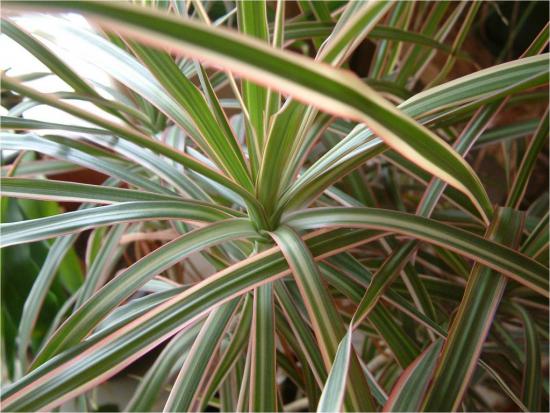
Humidity and watering. Dracaena does not tolerate too dry air. Drying of the tips of the leaves will tell the grower about insufficient humidity. In summer it needs regular watering. You need to water the flower after the soil has dried to its full depth. In winter, watering is carried out much less frequently. It is convenient to install a humidifier in a room with dracaena.
Important! Dracaena tolerates a lack of moisture more easily than prolonged waterlogging. Any universal soil is suitable for growing dracaena indoors. It is advisable to take 1/2 part of peat and sand for one part of the soil. You can also use compost soil, to one part of which add 1/3 of vermiculite, sand and peat.
A layer of expanded clay or clay shards at the bottom of the pot is required for good drainage and outflow of excess water. If you create conditions close to those listed by the grower’s strengths, then you can begin growing dracaenas
How to plant dracaena yourself
The process of propagating dracaena indoors can serve as an example of simplicity and uncomplicatedness. It turns out that this plant can be propagated even by a small piece of shoot. The best time for this is mid-spring. It is at this time that all life processes begin to take place more actively. If planting material was received at another time of the year, this is not a contraindication for planting.
However, the rooting period may be longer. Planting material can be obtained during plant transplantation.
Here you can cut either the apical cuttings or cut the middle part of the shoot into cuttings along clearly visible marks in the places where the leaves grow. The length of the cuttings should be 10 - 12 cm. Make cuts with very sharp and clean tools. The more ideal and even the cut is, the greater the likelihood of avoiding rotting. Leave the resulting cuttings in the air for 5-6 hours. Next you can proceed to rooting.
Rooting in water
Pour water into a suitable container and throw a whole tablet of coal into it. Lower the cutting so that about 1/3 of it is in the water. Change the water to new and always warm water, once every 6-7 days. A few drops of any root former will speed up the process of root emergence. Usually after 6 - 7 weeks the plant can be transplanted into a pot.
Rooting in the ground
To root dracaena, you can take washed and calcined sand. Both hydrogel and vermiculite are suitable. Moisten the soil and bury the cuttings 1/3 of the way into it. When rooting in the ground, it is important to provide regular but very moderate moisture. Important! In addition to vertical rooting, you can also use horizontal rooting, especially when the shoot fragment is less than 5 cm.To do this, the cutting is placed on the ground and lightly pressed down.

Regardless of the chosen method, rooting should take place in a warm room at a temperature of + 22 degrees. The container with the cuttings should be covered with something transparent. Twice a day, the cover should be removed for 15-20 minutes. At about 5 weeks, roots will appear, and at 8-9 weeks, green sprouts will appear. At this time it is already possible seat young plants in separate pots.
Some features of caring for dracaena
Care after landing
In the first months after planting in a pot, the young plant needs good, but diffused light. It is important to ensure high humidity during this period. To do this, the pot can be kept in a container with wet pebbles. At first, you can add epin to the water for irrigation. Many types of dracaena grow quite quickly and need to be replanted.
Dracaena transplant
As soon as the dracaena has mastered the pot, it needs to be transplanted into a new container. The size of the new pot should not be many times larger than the old one. It is enough to take a pot 2-3 cm larger in diameter than the previous one. When replanting, you need to remove the plant from the pot and shake off as much soil as possible from the roots. If the roots are healthy, then the plant is transplanted into a new pot with new soil.
If there are rotten roots, they are removed, and the roots are washed from the old soil with warm water. If any are noticed on the roots pests, they also need to be thoroughly washed to remove soil residues. Otherwise, caring for dracaena is no different from caring for other indoor plants.
Video about proper propagation of dracaena:

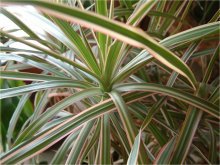

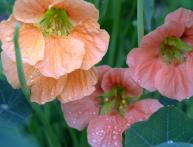

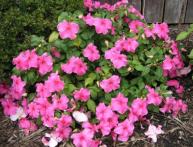
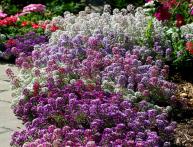



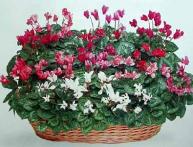
Comments
Apparently, improper care is the reason why the dracaena in our room does not grow well. The place where she stands is not very light, because the window faces northwest.In addition, we spray the flower quite rarely.
I have two dracaenas and one has already grown about one and a half meters; most likely it’s time to divide it into cuttings, since the appearance has ceased to be decorative. There are few leaves, and the stem is long and ugly.